What Is a Single Boiler Coffee Machine?
2024-07-12 16:36:28
A single Coffee Machine Boiler is a type of espresso machine that uses one boiler to heat water for both brewing espresso and steaming milk. Unlike dual boiler or heat exchanger machines, single boiler machines require the user to switch between brewing and steaming modes. This design is often found in entry-level and mid-range espresso machines, making it popular among home baristas who want a quality espresso experience without the complexity or cost of more advanced machines. In this blog post, we will explore the intricacies of single boiler coffee machines, addressing common questions and providing detailed insights.
What Are the Main Components of a Single Boiler Coffee Machine?
A single Coffee Machine Boiler consists of several key components that work together to produce espresso and steam milk. Understanding these components can help users better appreciate how these machines function and how to maintain them.
Boiler
The boiler is the heart of the machine, responsible for heating water. In single boiler machines, the boiler performs double duty, heating water for both brewing and steaming.
- Functionality: The boiler heats water to the optimal temperature for brewing espresso (around 90-96°C or 194-205°F). For steaming milk, the boiler heats the water to produce steam at a higher temperature.
- Material: Common materials include stainless steel, copper, and brass, each offering different benefits in terms of heat retention and durability.
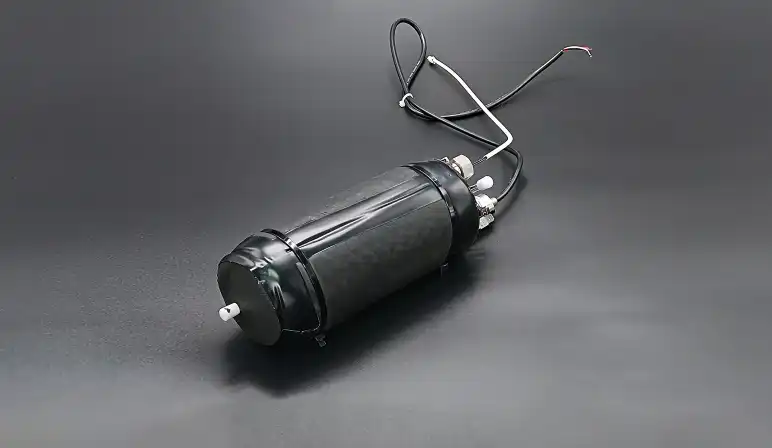
Heating Element
The heating element is located inside the boiler and is responsible for raising the water temperature.
- Functionality: It heats the water quickly and maintains the desired temperature for brewing or steaming.
- Control: The heating element is controlled by a thermostat or PID (Proportional-Integral-Derivative) controller, which ensures precise temperature regulation.
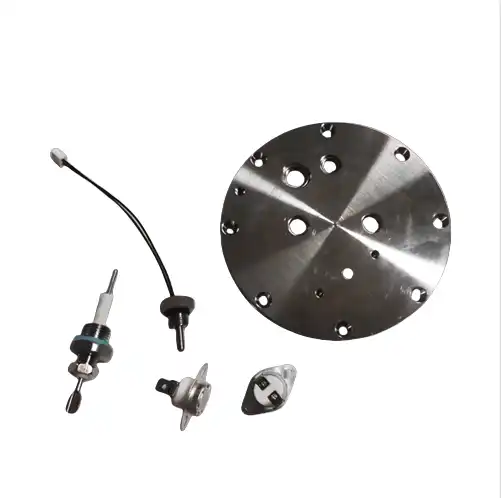
Pump
The pump is responsible for pushing water through the coffee grounds to extract espresso.
- Types: Most modern single boiler machines use vibratory (vibe) pumps, which are compact and efficient.
- Pressure: The pump typically generates 9 bars of pressure, which is ideal for espresso extraction.
Group Head
The group head is the component where the portafilter attaches and through which the hot water is dispensed.
- Design: It ensures even distribution of water over the coffee grounds for consistent extraction.
- Maintenance: Regular cleaning is necessary to prevent coffee oil build-up and ensure optimal performance.
Steam Wand
The steam wand is used to froth milk for lattes, cappuccinos, and other milk-based drinks.
- Functionality: It delivers steam from the boiler to froth milk, creating the microfoam necessary for latte art.
- Maintenance: Regular purging and cleaning are essential to prevent clogging and ensure efficient steaming.
How Do You Operate a Single Boiler Coffee Machine?
Operating a Coffee Machine Boiler machine involves a few steps to switch between brewing espresso and steaming milk. Here’s a detailed guide on how to use these machines effectively.
Preparing the Machine
1. Fill the Water Reservoir: Ensure the water reservoir is filled with fresh, filtered water to prevent scale build-up.
2. Turn On the Machine: Switch on the machine and allow it to heat up. This can take a few minutes, depending on the machine’s power and boiler size.
Brewing Espresso
1. Grind Coffee Beans: Use a burr grinder to grind fresh coffee beans to a fine consistency suitable for espresso.
2. Dose and Tamp: Place the ground coffee in the portafilter, distribute it evenly, and tamp it firmly to create a level surface.
3. Attach the Portafilter: Insert the portafilter into the group head and lock it in place.
4. Start Brewing: Press the brew button to start the extraction process. The machine will pump hot water through the coffee grounds, producing espresso.
5. Stop Brewing: Once the desired amount of espresso is extracted, stop the brew cycle.
Steaming Milk
1. Switch to Steam Mode: Allow the boiler to heat up to steam temperature. This can take a few minutes as the boiler heats the water to a higher temperature.
2. Purge the Steam Wand: Before steaming milk, purge the steam wand to remove any condensation.
3. Steam the Milk: Submerge the steam wand into a pitcher of cold milk and turn on the steam. Move the pitcher to create a whirlpool effect, integrating air into the milk to form microfoam.
4. Stop Steaming: Once the milk reaches the desired temperature and texture, turn off the steam.
5. Clean the Steam Wand: Wipe the steam wand with a damp cloth and purge it again to prevent milk residue build-up.
How Do You Maintain a Single Boiler Coffee Machine?
Regular maintenance is crucial to ensure the longevity and performance of a Coffee Machine Boiler. Here are some essential maintenance tasks to keep your machine in top condition.
Daily Maintenance
1. Clean the Group Head: After each use, run water through the group head to remove any coffee residue.
2. Empty and Rinse the Portafilter: Remove the used coffee grounds and rinse the portafilter thoroughly.
3. Purge and Wipe the Steam Wand: After steaming milk, purge the steam wand and wipe it with a damp cloth.
Weekly Maintenance
1. Backflush the Machine: Use a blind filter and backflush the machine with water to clean the internal components.
2. Clean the Drip Tray: Remove and clean the drip tray to prevent mold and bacteria growth.
Monthly Maintenance
1. Descale the Boiler: Use a descaling solution to remove mineral deposits from the boiler. Follow the manufacturer’s instructions for the descaling process.
2. Inspect Seals and Gaskets: Check the seals and gaskets for wear and replace them if necessary to prevent leaks.
Annual Maintenance
1. Replace Worn Parts: Inspect and replace any worn or damaged parts, such as the portafilter basket, steam wand tip, and group head gasket.
2. Professional Servicing: Consider having your machine professionally serviced to ensure all components are in good working condition.
What Are the Benefits of a Single Boiler Coffee Machine?
Single boiler coffee machines offer several advantages, especially for home baristas and beginners. Here are some reasons to choose a single boiler machine over other types.
Affordability
Single boiler machines are generally more affordable than dual boiler or heat exchanger machines. They provide a cost-effective entry point into the world of espresso making.
- Lower Initial Cost: Single boiler machines have a simpler design, making them less expensive to manufacture and purchase.
- Cost-Effective Maintenance: With fewer components, single boiler machines are easier and cheaper to maintain.
Simplicity
The straightforward design of single boiler machines makes them easy to use and maintain, making them ideal for beginners.
- User-Friendly Operation: The single boiler design simplifies the process of brewing and steaming, making it easier for beginners to learn.
- Easy Maintenance: With fewer components to clean and maintain, single boiler machines are less daunting for new users.
Compact Size
Single boiler machines are typically more compact than their dual boiler counterparts, making them suitable for kitchens with limited space.
- Space-Saving Design: The smaller footprint of single boiler machines makes them ideal for home use, especially in kitchens with limited counter space.
- Portable: Their compact size and lighter weight make single boiler machines easier to move and transport.
How Does a Single Boiler Machine Compare to Dual Boiler and Heat Exchanger Machines?
Comparing single Coffee Machine Boiler to dual boiler and heat exchanger machines can help you determine which type best suits your needs. Here’s a detailed comparison based on various factors.
Brewing and Steaming Capability
- Single Boiler: Requires switching between brewing and steaming modes, which can be time-consuming. Suitable for making one or two milk-based drinks at a time.
- Dual Boiler: Allows simultaneous brewing and steaming, making it ideal for high-volume use and making multiple milk-based drinks quickly.
- Heat Exchanger: Offers simultaneous brewing and steaming with a single boiler and a heat exchanger, providing a balance between performance and cost.
Temperature Stability
- Single Boiler: May experience temperature fluctuations when switching between brewing and steaming modes. PID controllers can improve stability.
- Dual Boiler: Provides excellent temperature stability for both brewing and steaming, ensuring consistent results.
- Heat Exchanger: Generally offers good temperature stability but may require flushing to stabilize the brewing temperature.
Cost
- Single Boiler: Most affordable option, making it accessible for beginners and home baristas.
- Dual Boiler: Higher cost due to the complexity of having two separate boilers.
- Heat Exchanger: Mid-range cost, providing a good balance between performance and affordability.
Size and Footprint
- Single Boiler: Compact and space-saving, ideal for home use.
- Dual Boiler: Larger and heavier, suitable for commercial settings or serious home baristas with ample space.
- Heat Exchanger: Typically larger than single boiler machines but more compact than dual boiler machines.
What Are the Limitations of a Single Boiler Coffee Machine?
While single boiler coffee machines offer many benefits, they also have some limitations that users should be aware of.
Time-Consuming for Milk-Based Drinks
Switching between brewing and steaming modes can be time-consuming, especially if you frequently make milk-based drinks like lattes and cappuccinos.
- Wait Time: Users must wait for the boiler to heat up to steam temperature after brewing espresso, which can slow down the process.
- Inconvenience: The need to switch modes can be inconvenient for users who want to make multiple milk-based drinks quickly.
Limited Temperature Stability
Single boiler machines can experience temperature fluctuations when switching between modes, which can affect the quality of the espresso and steamed milk.
- Inconsistent Temperature: Temperature fluctuations can lead to inconsistent brewing and steaming results.
- Need for Temperature Control: PID controllers can help stabilize the temperature, but not all single boiler machines come equipped with this feature.
Lower Capacity
Single boiler machines typically have smaller boilers, limiting their capacity to produce steam and brew espresso.
- Smaller Boiler Size: The smaller boiler size can limit the amount of steam available for frothing milk, requiring more frequent refills.
- Not Ideal for High Volume: Single boiler machines are best suited for home use and not ideal for high-volume commercial settings.
Conclusion
A solitary heater espresso Coffee Machine Boiler is a fantastic decision for home baristas and fledglings who need to appreciate quality coffee and milk-based drinks without burning through every last cent. While they have a few constraints, their moderateness, straightforwardness, and minimal size pursue them a well known decision. Users can enjoy delicious coffee and extend the life of their machines by understanding how they operate and how to maintain them.
References
1. Coffee Geek. (2023). Single Boiler Espresso Machines: A Comprehensive Guide. Retrieved from https://www.coffeegeek.com/guides/single-boiler-espresso-machines
2. Home Grounds. (2023). Best Single Boiler Espresso Machines for Home Use. Retrieved from https://www.homegrounds.co/best-single-boiler-espresso-machines
3. Perfect Daily Grind. (2023). Single Boiler vs. Dual Boiler: Which Is Better? Retrieved from https://www.perfectdailygrind.com/single-boiler-vs-dual-boiler
4. Barista Institute. (2022). How to Choose the Right Espresso Machine. Retrieved from https://www.baristainstitute.com/how-to-choose-right-espresso-machine
5. Seattle Coffee Gear. (2023). Single Boiler Espresso Machines: Pros and Cons. Retrieved from https://www.seattlecoffeegear.com/single-boiler-espresso-machines
6. The Spruce Eats. (2023). Understanding Espresso Machine Boilers. Retrieved from https://www.thespruceeats.com/understanding-espresso-machine-boilers-4160333
7. Consumer Reports. (2023). Best Espresso Machines of 2023. Retrieved from https://www.consumerreports.org/espresso-machines/best-espresso-machines-of-2023/
8. Espresso Parts. (2023). Espresso Machine Boiler Maintenance. Retrieved from https://www.espressoparts.com/blogs/news/espresso-machine-boiler-maintenance
9. Wired. (2023). The Best Espresso Machines for Every Budget. Retrieved from https://www.wired.com/review/best-espresso-machines/
10. Coffee Detective. (2023). Espresso Machine Maintenance Tips. Retrieved from https://www.coffeedetective.com/espresso-machine-maintenance-tips
Send Inquiry
Related Industry Knowledge
- What is the difference between a filter and a coffee sieve?
- How Quickly Do Coffee Machine Boilers Heat Up?
- What Are the Most Commonly Replaced Coffee Vending Machine Spare Parts?
- Can you install a camera in a vending machine?
- Is there a difference between a coffee grinder and an espresso grinder?
- Do I need a grinder for an espresso machine?
- How does a Coffee Machine Pump work?
- Can You Keep Coffee Beans in a Hopper?
- Can Coffee Beans Be Stored in a Grinder Hopper?
- What Are Coffee Vending Machine Ingredient Canisters Made Of?

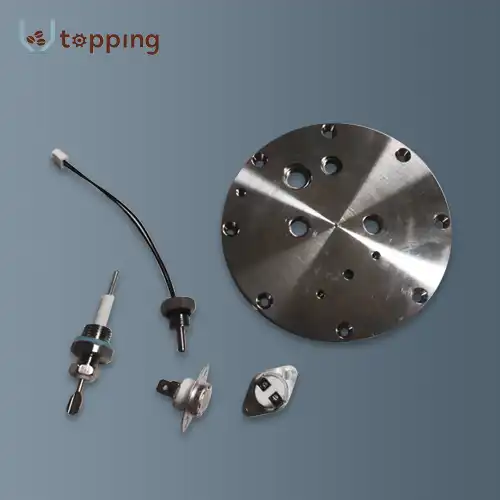
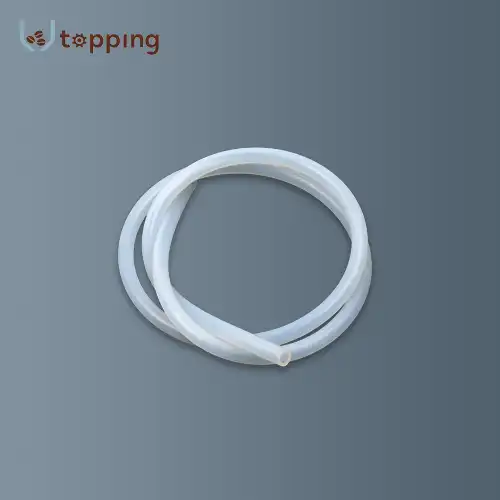
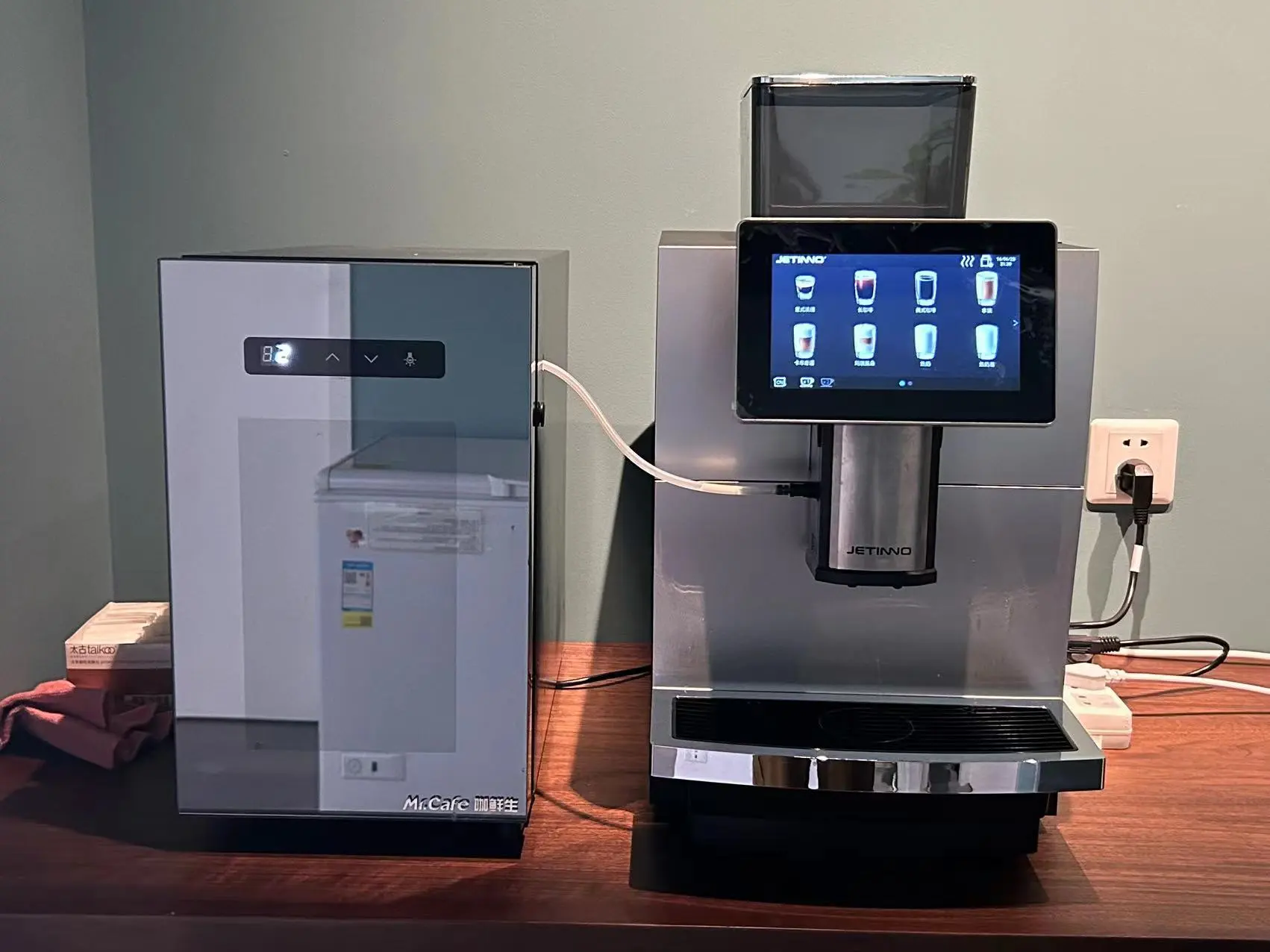
.webp)
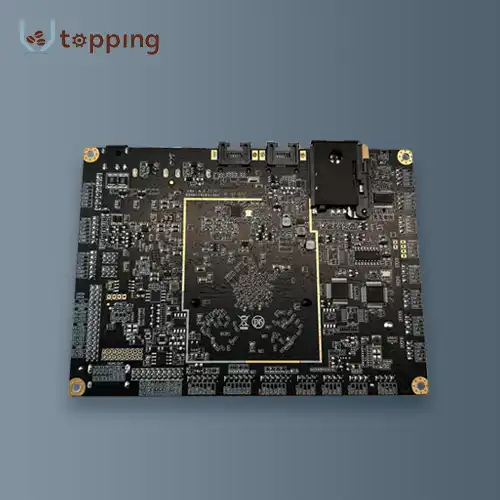
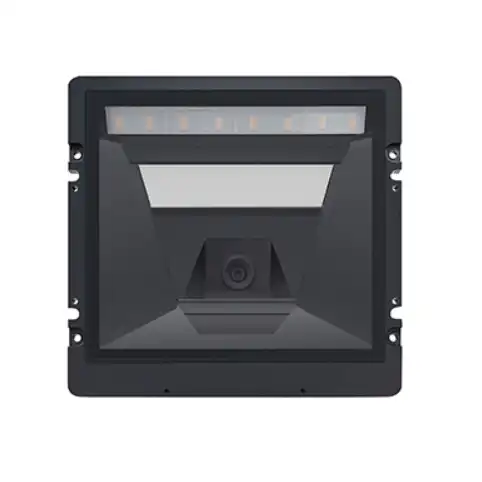
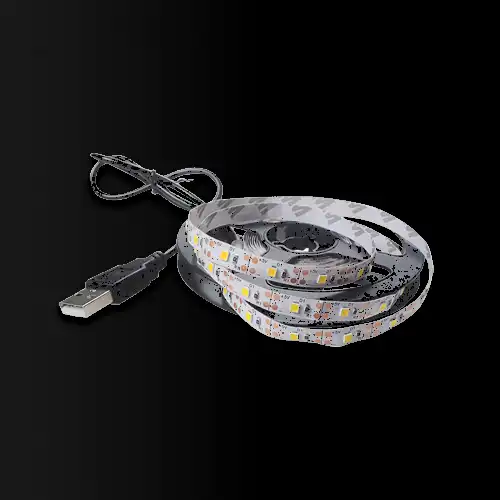
.webp)

